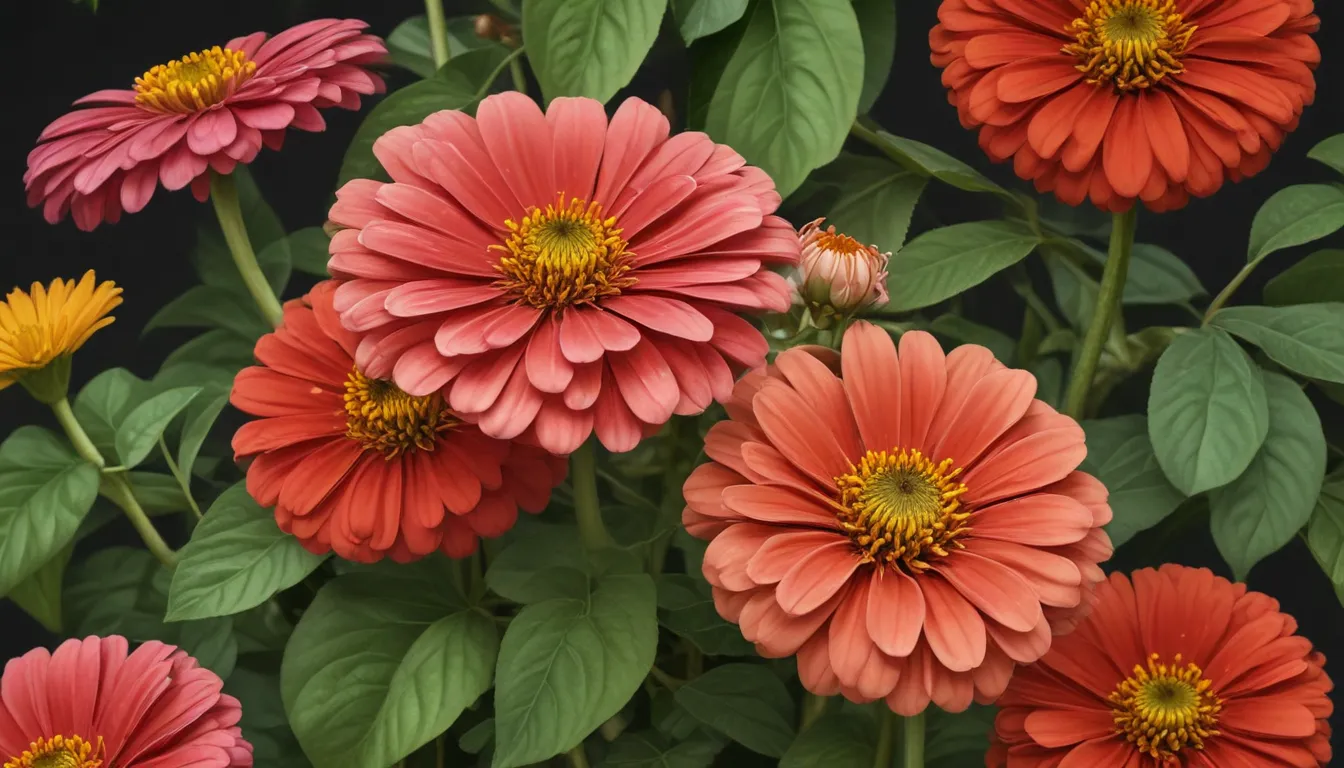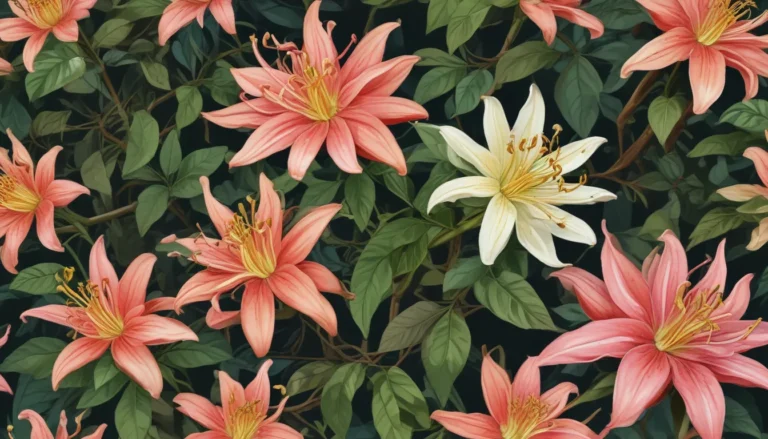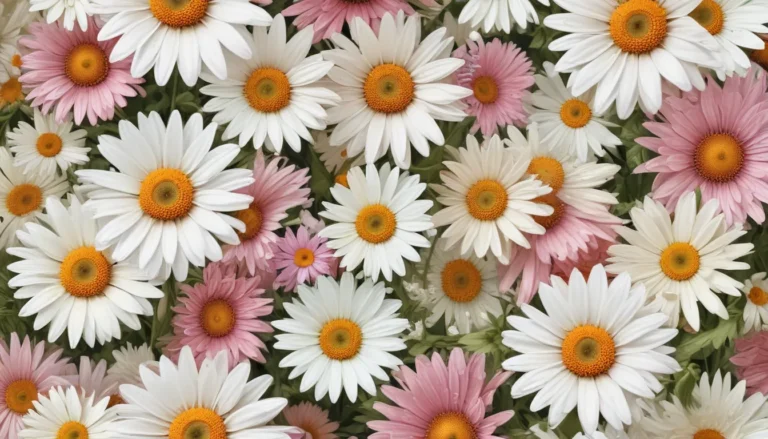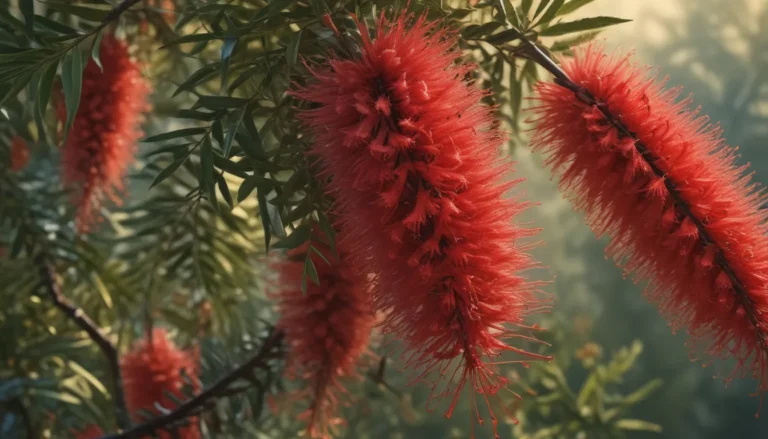The pictures we use in our articles might not show exactly what the words say. We choose these pictures to make you interested in reading more. The pictures work together with the words but don’t take their place. The words still tell you the important facts.
Are you ready to dive into the enchanting world of Zinnia elegans? This vibrant and captivating flowering plant, also known as the common zinnia, is a favorite among garden enthusiasts and florists alike. With its rich history, diverse cultivars, and stunning blooms, there is so much to discover about this mesmerizing flower.
Unveiling the Charm of Zinnia Elegans
Zinnia elegans belongs to the Asteraceae family and hails from Mexico, showcasing a rainbow of colors including red, orange, yellow, pink, and white. Named after the esteemed German botanist Johann Gottfried Zinn, this flower blooms from summer to frost, gracing gardens with its beauty for an extended period.
Cultivating Zinnia Elegans: A Joy for All Gardeners
Whether you're a seasoned gardener or a novice, growing Zinnia elegans from seed is a delight. These resilient plants thrive in various soil types, attracting butterflies, bees, and even hummingbirds to your garden. With over 100 varieties to choose from, there is a zinnia to suit every garden style and preference.
Blossoming Beauty: From Landscapes to Bouquets
Zinnias are not just eye-catching in gardens; they also make stunning cut flowers. Their long stems and vibrant blooms add a pop of color to floral arrangements, embodying sentiments of lasting affection and remembrance. Whether alone or paired with other blooms, Zinnia elegans exudes charm and elegance.
The Versatility of Zinnia Elegans
Zinnia elegans boasts a rich history of cultivation, dating back centuries. With its drought-tolerant nature and various bloom shapes, including single, semi-double, and double blossoms, these flowers are excellent companions in any garden. Their pleasant aroma further enhances the sensory experience, creating a harmonious ecosystem.
FAQs: Your Guide to Growing Zinnia Elegans
- How do I grow Zinnia elegans from seeds?
-
Prepare a well-draining soil mix, sow the seeds on the surface, keep the soil moist, and place in a warm, sunny spot. Transplant seedlings once they develop true leaves.
-
How often should I water Zinnia elegans?
-
Water regularly during dry spells, ensuring even moisture without overwatering. Mulching can help retain moisture and prevent weeds.
-
Do Zinnia elegans attract butterflies and bees?
-
Yes, the vibrant colors and nectar of Zinnias attract butterflies and bees, enriching your garden's ecosystem.
-
Are there pests or diseases that affect Zinnia elegans?
-
While generally resilient, Zinnias may face issues like powdery mildew, aphids, and spider mites. Regular monitoring and appropriate measures can help control these problems.
-
How long does it take for Zinnia elegans to bloom?
-
Zinnias typically start blooming 60-70 days after sowing seeds, providing a colorful display throughout summer and early fall.
-
Can I use Zinnia elegans flowers for cut arrangements?
- Absolutely, Zinnia elegans flowers are ideal for cut arrangements. Cut them early in the morning and place in a vase with clean water for prolonged vase life.
Embrace the Beauty of Zinnia Elegans
In conclusion, Zinnia elegans is a mesmerizing plant that brings joy and fascination to any garden. Whether you're looking to attract pollinators, create stunning floral displays, or simply enjoy the beauty of nature, Zinnias are a perfect choice. With their vibrant colors, ease of cultivation, and rich history, these flowers enchant all who encounter them. So, why wait? Plant some Zinnia elegans in your garden and watch as beauty blooms all around you.
As you delve deeper into the captivating world of Zinnia Elegans, remember to enjoy the process of learning and growing alongside these enchanting flowers. Happy gardening!






